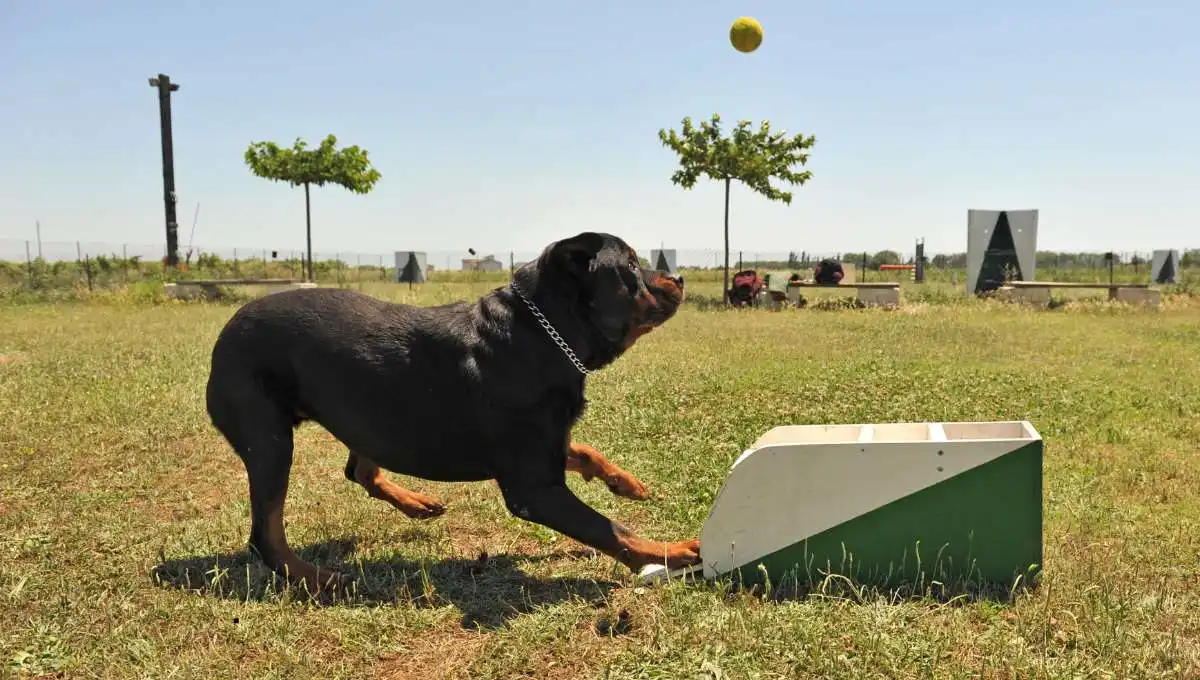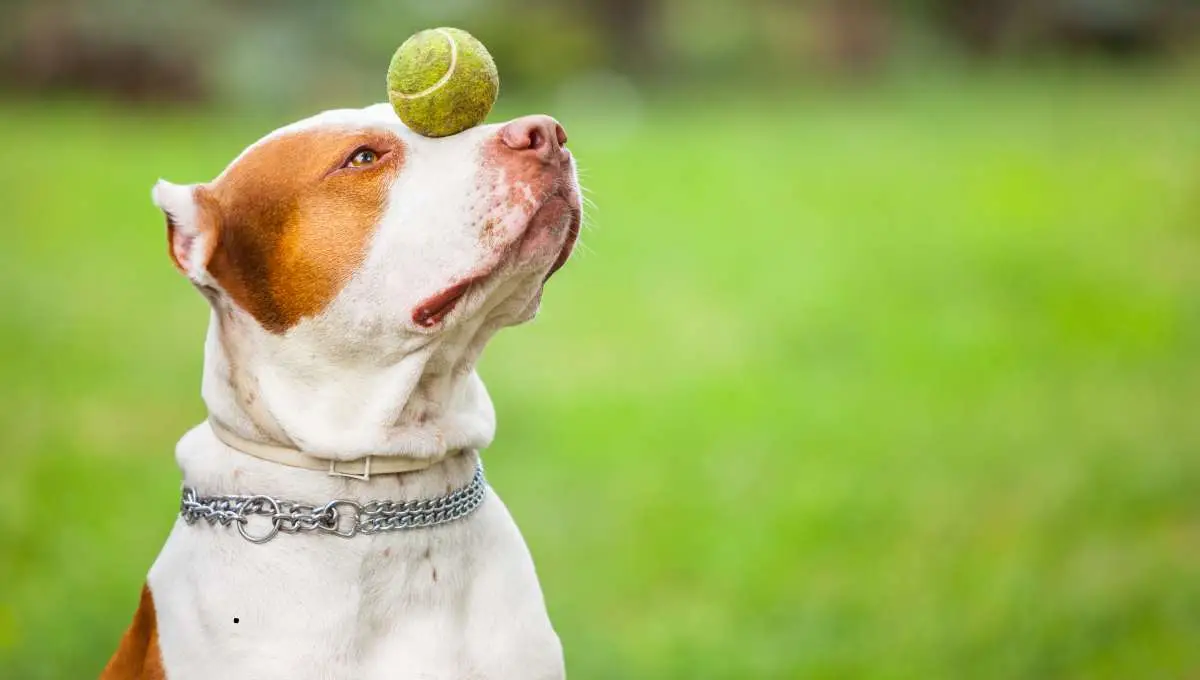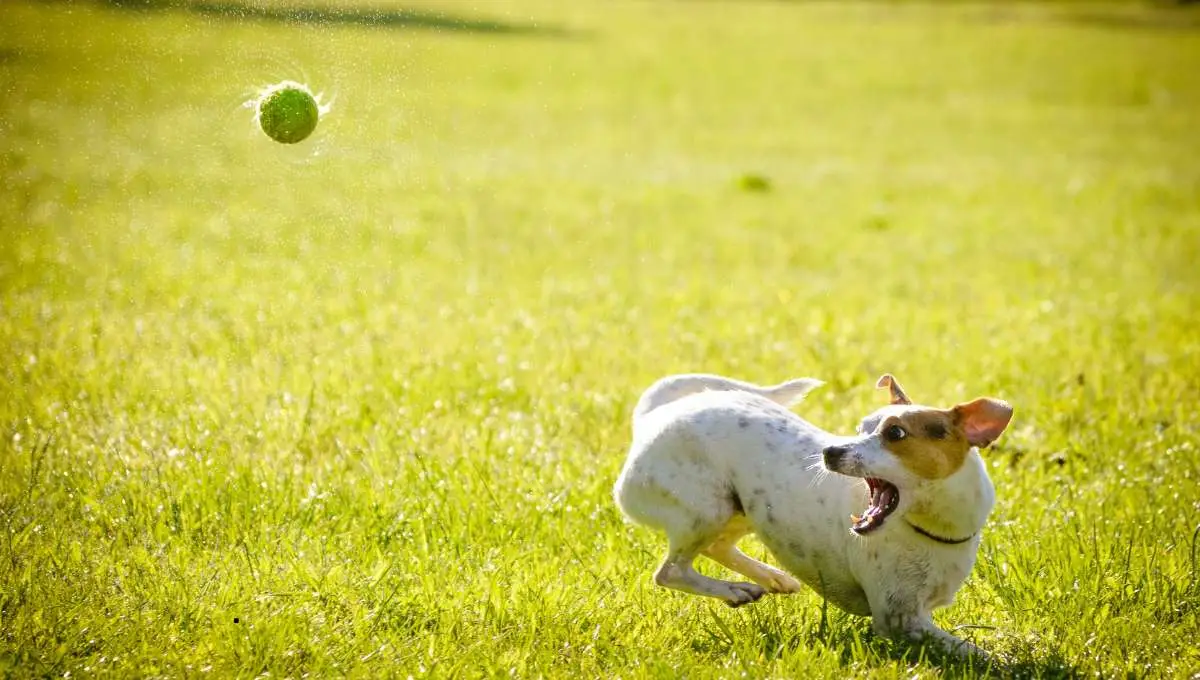Many dog owners are looking for exciting ways to challenge their canine companions both physically and mentally. Flyball is a high-energy team sport that not only provides great exercise but also fosters teamwork and enhances the bond between dogs and their owners.
In this beginner’s guide, learn all about the rules, equipment, and training involved in this fast-paced competition where dogs race to retrieve a tennis ball while navigating hurdles. Whether you’re just starting out or considering joining a team, discover why Flyball is a fantastic choice for active and driven dogs looking for a fun and engaging athletic outlet.
Key Takeaways:
- Flyball is a high-energy team sport designed for dogs: Flyball involves a relay race where teams of four dogs take turns jumping hurdles, triggering a box to release a tennis ball, and then racing back to their handler with the ball.
- It promotes physical and mental stimulation for dogs: Flyball not only provides an outlet for dogs to release pent-up energy but also challenges them mentally as they learn to navigate the course and execute the tasks efficiently.
- It fosters teamwork between dogs and their handlers: Flyball requires strong communication and coordination between dogs and their handlers, emphasizing trust, training, and the development of a solid bond between the two.

Understanding Flyball
The Basics of the Sport
Now, submerging into the basics of flyball, it is a fast-paced team sport for dogs that involves teams of four-legged athletes racing against each other.
Types of Flyball Competitions
Assuming you are just starting to explore the world of flyball, it is imperative to understand the different types of competitions that take place in this thrilling sport.
| Competition Type | Description |
| Regular | A standard flyball competition where teams compete against each other. |
| Multi Breed | Involves teams consisting of different breeds racing together. |
| Specialty | Competitions focus on specific categories like veterans or junior handlers. |
| Singles | One-on-one competition between two teams. |
| Tournament | A series of races with teams advancing based on their performance. |
Flyball competitions can vary based on the competition type, offering a range of challenges and excitement for both participants and spectators. Knowing the different types of competitions will help you navigate the flyball world with ease.
Types of Flyball Competitions
Flyball competitions can be categorized into Regular, Multi Breed, Specialty, Singles, and Tournament. In Regular competitions, teams race against each other, while Multi Breed competitions involve different breeds racing together. Specialty competitions focus on specific categories like veterans or junior handlers.
Singles competitions are one-on-one races between two teams, and Tournament competitions consist of a series of races where teams advance based on their performance. Understanding these categories can help you determine the type of competition that appeals to you and your canine companion.
| Competition Type | Description |
| Regular | A standard flyball competition where teams compete against each other. |
| Multi Breed | Involves teams consisting of different breeds racing together. |
| Specialty | Competitions focus on specific categories like veterans or junior handlers. |
| Singles | One-on-one competition between two teams. |
| Tournament | A series of races with teams advancing based on their performance. |

Getting Started with Flyball
Essential Equipment for Flyball
Assuming you are new to the world of flyball, there are some key pieces of equipment you will need to get started. This includes a flyball box, which is where the ball is released, a set of four hurdles for the dog to jump over, a ball for motivation, and a comfortable harness for your furry teammate.
Step-by-Step Guide to Training Your Dog for Flyball
Assuming you are ready to train your dog for flyball, the first step is to introduce them to the equipment gradually. Start with basic commands such as sit, stay, and recall. Then, move on to teaching them how to jump over the hurdles and retrieve the ball. Consistent practice and positive reinforcement are key to success in flyball training.
There’s
| Important Details | Dangerous Details |
| Consistent practice is crucial for success | Avoid pushing your dog too hard, and always prioritize their safety and well-being |
Plus
Remember to make training sessions fun and rewarding for your dog. Building a strong bond and trust between you and your furry friend is vital for excelling in flyball. Celebrate small victories and progress along the way to keep your dog motivated and engaged.
Mastering the Game
After learning the basics of Flyball, it’s time to examine mastering the game. This stage involves fine-tuning your skills and strategies to compete at a higher level and achieve success in Flyball tournaments.
Tips for Success in Flyball
One key tip for success in Flyball is to focus on training consistently, ensuring that your dog is well-versed in each aspect of the game. Timing is crucial, so practice timing your dog’s runs accurately to maximize efficiency and speed.
Additionally, building a strong team dynamic is important, as each member plays a crucial role in achieving success in Flyball. Knowing your dog’s strengths and weaknesses can help you tailor your training sessions to address specific areas of improvement effectively.

Factors That Affect Performance in Flyball
Performance in Flyball can be influenced by various factors that affect your dog’s ability to excel in the game. Physical fitness, mental focus, and emotional well-being all play a significant role in determining your dog’s performance on the Flyball course.
Assume that proper conditioning, mental stimulation, and emotional support are important components in enhancing your dog’s overall performance in Flyball.
Another crucial factor that can affect performance in Flyball is training consistency. Regular training sessions are necessary to maintain and improve your dog’s skills, speed, and agility on the Flyball course. Assume that consistent training will yield better results and help your dog reach its full potential in the sport.
Weighing Your Options
Pros and Cons of Participating in Flyball
One of the best ways to decide if flyball is the right sport for you and your dog is to consider the pros and cons. Here is a breakdown:
| Pros | Cons |
| Great physical exercise for your dog | Can be intense and tiring for some dogs |
| Builds a strong bond between you and your dog | Requires regular practice and commitment |
| Provides mental stimulation and socialization | Some dogs may find the noise and excitement overwhelming |
| Competitive but fun environment | Risk of injuries during the high-speed runs |
Determining if Flyball Is Right for You and Your Dog
Participating in flyball requires dedication, training, and a love for the sport. Before diving in, consider your dog’s temperament, energy level, and overall health. It’s important to consult with a veterinarian to ensure your dog is fit for the physical demands of flyball.
Plus, make sure to start slow and gradually increase the intensity of training. This will help prevent any injuries and ensure that both you and your dog enjoy the experience.
Summing up
With this in mind, Flyball is a fast-paced and exciting team sport for dogs that offers great physical and mental stimulation. It not only provides an avenue for dogs to release energy and have fun but also strengthens the bond between dog and owner by working together as a team.
Whether your dog is a seasoned competitor or a beginner, Flyball is a fantastic way to keep them active and engaged. So gather your team, practice those skills, and get ready to enjoy the thrilling world of Flyball!
